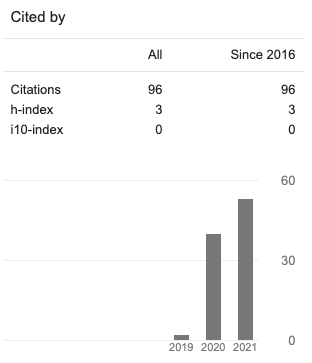The School Gardens: A Model to Support Project-Based Learning
Abstract
Since school gardens are located within the school grounds, the school garden provides an accessible learning environment outside the classroom. On the other hand, school gardens are hard to manage due to limited funding and staff. This study introduced STEM to school garden management using a project-based learning strategy. Participants in this study were nine students of sixth grade who were members of the Green Community extracurricular. Students participated in four stages of school garden STEM project: identify problem and context, background knowledge, problem-solving, and communication for the school garden maintenance. For data acquisition, field notes and photos were collected as observation during a period of twelve weeks of lesson. The result showed that students can actively contribute to the development of the school garden. Collaboration between students, teachers, staff, and the school is required to make the school garden sustainable and produce the best possible outcomes for improvement. The research findings suggest that the school garden can serve as a model for contextual problem-based learning that arises in students' immediate surroundings.
Copyright (c) 2024 Puti Siswandari, Ulvi Asdi Salikha, Farah Falasifah, Vira Nurofiah

This work is licensed under a Creative Commons Attribution 4.0 International License.















